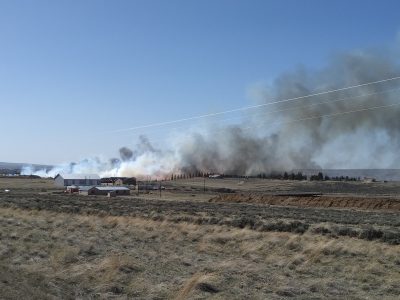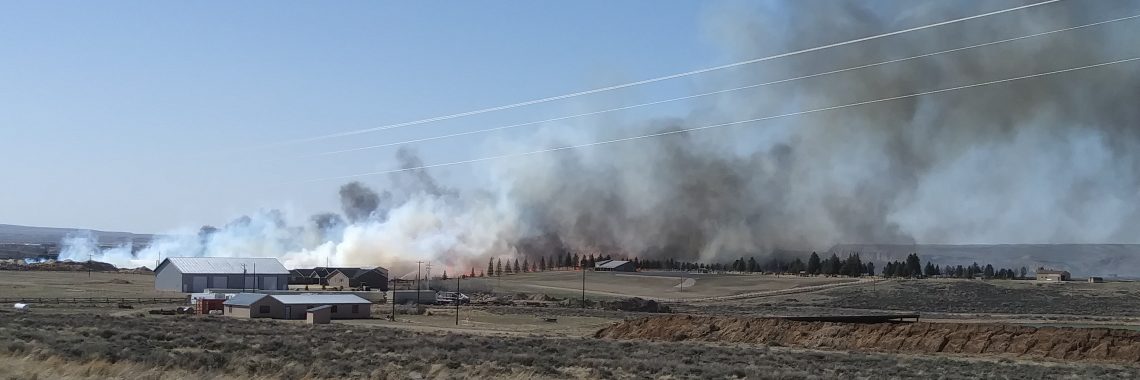Operation resilience in agriculture is the ability to adapt to and recover from not only market swings, crop production variations, and climate issues, but the effects of emergencies and disasters.
Impacts hitting agriculture and rural communities often end up being the “life events” we talk about to our grandkids.
Being resilient in agriculture includes addressing financial stability, crop diversity and adaptability, infrastructure durability, herd flexibility, equipment strength, feeding options, health and safety practices, manpower access, family legacy and, last but not least, awareness.
Being financially resilient means having some monetary slack to deal with just about any situation. This usually means there are 10-20 percent available funds for an operation versus hard funds, credit, or both. In either case, a plan should identify which assets could be liquidated to stay in operation. Maintaining good credit is a strong component of this approach and also carefully evaluating how funds are spent.
Resilience in cropping systems includes how to best use what did grow if conditions, markets, or infrastructure undercut production potential. Having a diversity of crops with different harvest times and different susceptibility to weather, disease, markets, and pests can help buffer any possible impacts. Crop insurance products, if available, should be considered carefully to ensure they are the right fit.
Resilience concerns with infrastructure can be tougher to strengthen, since they are often a shared or community system. Start with your own system by having redundant methods such as back-up pipes or ditches for irrigation in case a pivot goes down. On a community level, work with neighbors and officials to regularly evaluate, improve, and quality check infrastructure components. Get involved on a regular basis if your operation is dependent on a system. Have meetings on “what if” scenarios.
Livestock and herd resilience also has several components, including a pre-conditioning (vaccination) program, area weather risks, and an ability to adjust. Having a certain segment of a herd that can be liquidated rapidly, such as culls or market steers, may help maintain breeding herds under adverse conditions. Know the vulnerabilities of your herd at each location through the year and have plans to provide feed, water, and shelter if an early or late storm develops. Monitor weather conditions every day – no matter what you are doing. The worst storm losses are usually early fall and late spring. Producers and livestock are usually prepared during mid-winter.
Equipment resilience and an ability to use it depend on maintenance, location, and redundancy. Know which equipment is crucial to survival and maintain it well. Either have backup units or be able to borrow them when needed. Insure your crucial equipment if you cannot operate without it. Position equipment as far in advance as possible for needs.
Feeding resilience is usually about amount, time, and placement. Have extra feed on hand for unexpected incidents. Place feed supplies above possible flooding, where you can get livestock close to it, and hopefully where you can get equipment close to it and where the winds may blow the snow off to provide access. If you cannot do this, consider placing feed where a neighbor can get to it and help feed. Offer to help neighbors if needed – it makes a nice holiday conversation and may save your operation.
Operator resilience is all about you and your capabilities. Follow safety measures and guidelines. Stay in communication with family and share plans. Get quality healthcare checkups plus insurance. Address health issues promptly and get help fast when needed. This may include enhancing communication systems and learning first aid/CPR. Have every family member in the know and able to guide emergency responders to your site.
Functional manpower resilience is about labor management. Know which tasks are going to require help – and get the help. Shortcuts and short-handedness lead to accidents or worse. Get the right help – pay for it if needed. Review your system annually to see if you can adjust to consolidate or reduce manpower needs.
Resilience is about staying in business!






